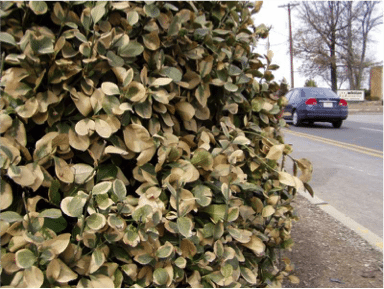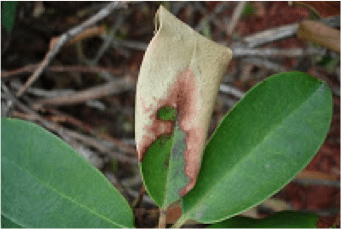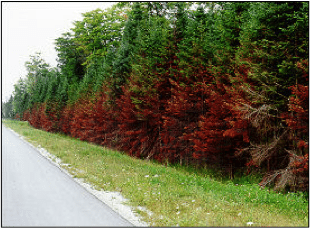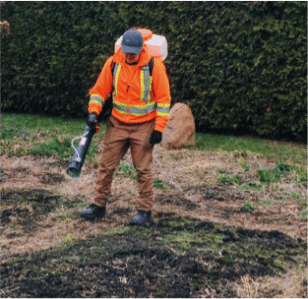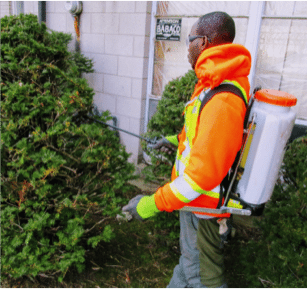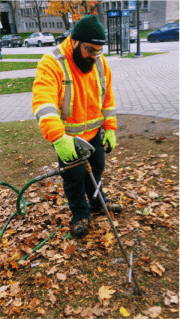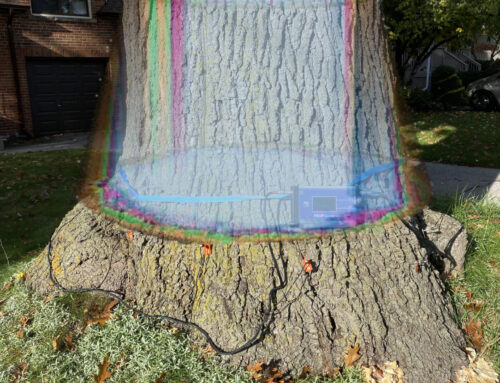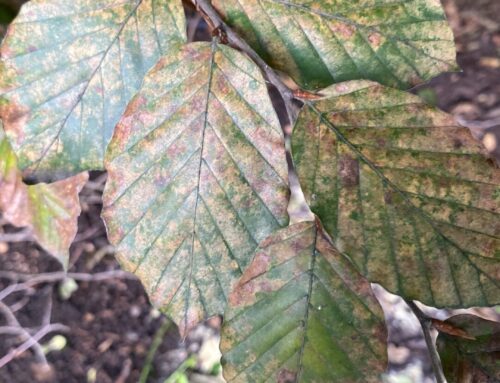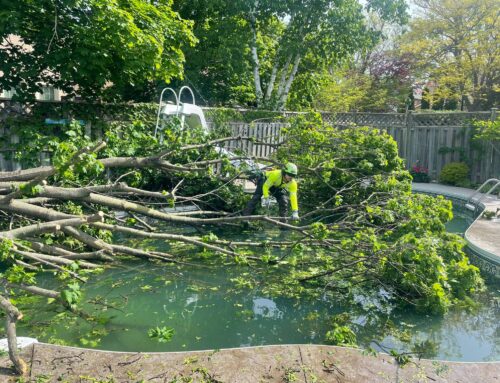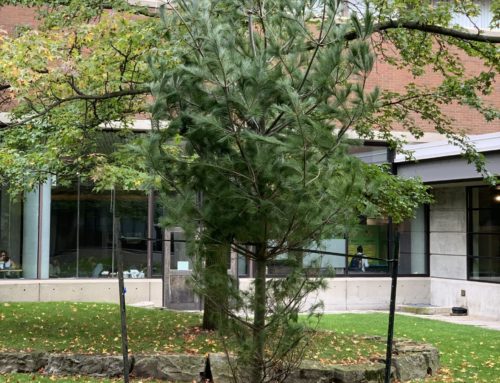Spring is officially here, but our trees and shrubs may continue to be affected by our city’s winter ice management practices.
Cities use thousands of tons of salt to combat ice-covered roads and sidewalks during the course of our Canadian winters. De-icing salt is a critical part of keeping our city roads and walkways safe. While there are other alternatives to salt, salt is fairly inexpensive and readily available. Even if you don’t use de-icing salts on your property personally, salts from city streets will inevitably end up on your yard and garden.
Why is salt harmful to plants?
Salt in the soil will inhibit the ability of the plant to uptake water and nutrients. The cells of the root are essentially blocked by the presence of the salt and the plant cannot properly absorb what it needs from the soil. This will result in plant stress, similar to what happens during drought conditions. High concentrations of salt in the soil will actually be toxic to the plant.
In addition to causing problems underground, salt spray that contacts evergreen needles or dormant buds will dry out the plant tissue, making it prone to winter freezing injury.
What does salt injury look like in plants?
Salt injury results in poor foliage, “burnt” leaves, browning of pine needles, wilted appearance, limited growth, plant die-back on the side facing the road, or even plant death.
DIY Solutions for preventing salt injury during the winter:
- Limit the use of de-icing salts on your property. We often need less than we think if we spread it evenly across a surface. Use a chicken feed technique (with gloves), not a dump technique.
- Avoid piling snow on lawns or soft-scape areas where the salt could later seep into the soil.
- Erect a burlap barrier around or in front of your evergreen plants in order to protect the foliage from salt spray.
- Soak clean water into the soil with your garden hose in early spring to flush the salt down through the soils to a lower depth away from the roots of the plant. This is slow and only marginally effective.
Professional Arborist Solutions for preventing salt injury:
- Salt buffer treatments
- An arborist will apply gypsum (calcium sulphate) in the late fall and early spring. The gypsum is applied to the surface area of the root zone with specialized blower equipment for even and thorough distribution. This is a granular product applied to the surface of your softscape rooting area. The gypsum ions bind with the salt ions. This makes the salt highly soluble and it will flush down through the soil out of harm’s way at a much faster rate.
- Antidessicants
- An arborist will spray on a waxy material, made from tree sap resin , directly onto the foliage of evergreens. This is done in the late fall and late winter. This protective coating seals in the leaf and prevents salt damage to the foliage.
- Fertilizer
- An arborist will inject low salt fertilizers deep into the soil in the spring to help with plant recovery, boosting plant health and vigour.
If you think your trees and shrubs are suffering from winter salt damage, give your arborist a call. They can
help diagnose the problem and come up with solutions to make your soil a happy home for your plants this spring.
Posted by Kristie Nairn
Cohen & Master Tree and Shrub Services Ltd

